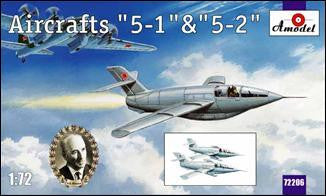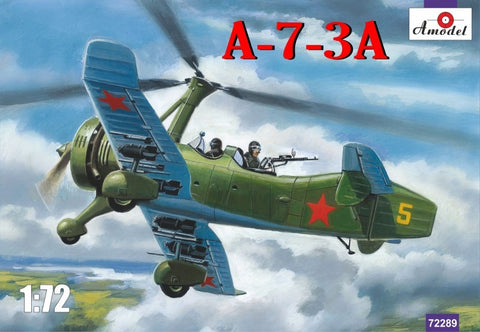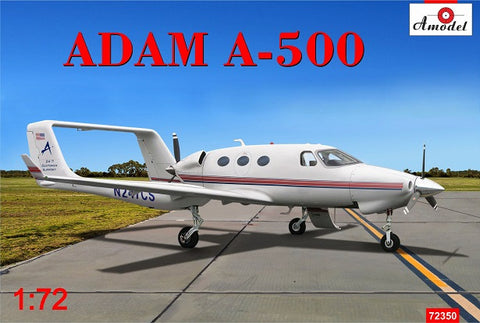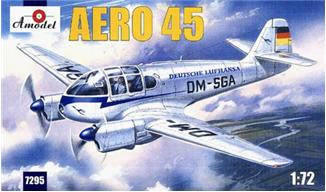
Emhar Aircraft 1/72 F3H Demon F3H-2N/F3H-2M (F3C) USN Fighter Kit
This Product Usually Ships In 2-3 Business Days
EMH-3002The F3H Demon is one of a group of lesser-known aircraft designs that started production in the mid ‘50s and were a link between the aircraft of the Korean War and those of the Century Series era. The Demon was probably more famous or infamous for the failure of it’s initial engine than for it’s subsequent successes. The Navy had directed that the Demon be designed around the Westinghouse J-40 engine which was supposed to double the thrust of then available engines. Unfortunately the J-40 did not come close to delivering the promised power plus it was very unreliable. This problem adversely affected not only the Demon program but also others such as the F4D Skyray, A3D Sky Warrior, the B-52 and the F-102. In the case of the Demon, the Allison J-71 engine was made available. This was not an optimum solution but did provide the Demon with an acceptable power plant. The first twenty-one aircraft produced for the Westinghouse engine could not be retrofitted and were subsequently towed through St. Lewis and barged down the river to Memphis for use as instructional air frames. This generated a congressional investigation but the Demon remained in production.
The Demon was redesigned to make best use of the J-71 engine. This included a 17.5% increase in wing area. This revised model was designated F3H-2N. In parallel, a missile-armed version was developed. This model, the F3H-2M (M for Missile) included improved radar and other minor differences. The service usage of the Demon started in 1956 and continued through 1964. Over twenty squadrons in both Atlantic and Pacific Air Groups used the Demon and it was involved in operations in the South China Sea (Matsu and Quemoy), Lebanon and the Cuban Missile Crisis. Although many considered the Demon to be a failure, the Demon did provide the Navy with its first modern jet. Once the bugs were worked out, it proved to be a dependable aircraft for all weather conditions that was easy to fly and land on a carrier. More importantly, it gave the design team of McDonnell the experience needed to develop their next generation of jet aircraft, the F-4 Phantom II.
The Demon was redesigned to make best use of the J-71 engine. This included a 17.5% increase in wing area. This revised model was designated F3H-2N. In parallel, a missile-armed version was developed. This model, the F3H-2M (M for Missile) included improved radar and other minor differences. The service usage of the Demon started in 1956 and continued through 1964. Over twenty squadrons in both Atlantic and Pacific Air Groups used the Demon and it was involved in operations in the South China Sea (Matsu and Quemoy), Lebanon and the Cuban Missile Crisis. Although many considered the Demon to be a failure, the Demon did provide the Navy with its first modern jet. Once the bugs were worked out, it proved to be a dependable aircraft for all weather conditions that was easy to fly and land on a carrier. More importantly, it gave the design team of McDonnell the experience needed to develop their next generation of jet aircraft, the F-4 Phantom II.









